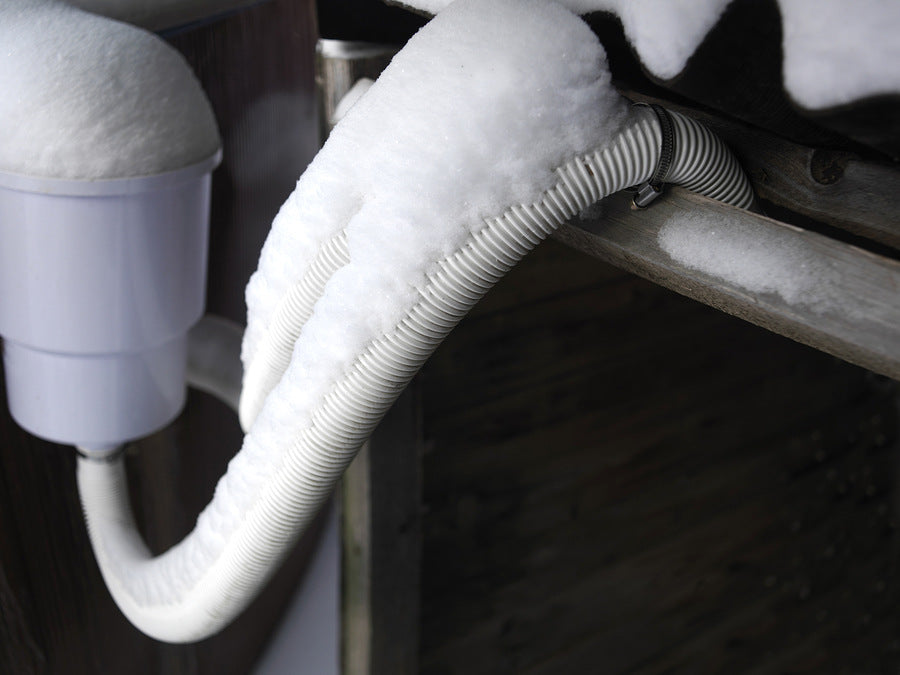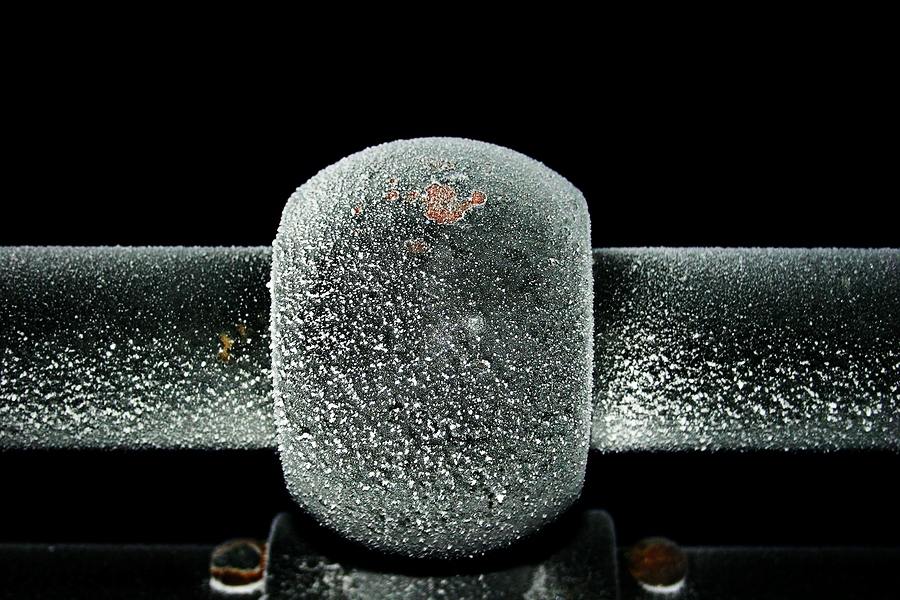Are you frozen in fear at the thought of frozen pipes? Here’s your solution.
When water freezes in a pipe, it doesn’t necessarily just block the pipe. It often feels the need to break the pipe. Why is this?
When water freezes it expands into its solid form and is known as ice. Which is why ice cubes float in a glass of water on a hot summer day—something you might be fantasizing about right now if you’re current concern in life is frozen pipes. Anyway, as part of this expansion process, the ice then gets forced upward by the water.
So, for different reasons, water behaves the same way in freezing temperatures as humans do—we both expand. Remember that infamous line from the song, “The Most Fattening Time of the Year?” “It’s too cold to go jogging, to brisk for tobogganing, so pass me a hot, buttered roll!”
Which brings us to what you really wanted to know: How are you going to prevent the water in those pipes from expanding? (How we can keep from expanding is a topic for a different post.) The most important thing you can do is to make sure your pipes stay as warm and snug as possible, and there are several highly exciting ways to do this:
Leave your faucets dripping
Or at least trickling—so the water in the pipes leading up to them remains in motion instead of having time to sit there and turn into ice. Your best bet is to do this with both your cold and hot water taps, since even hot water can freeze if it sits long enough in the pipes between your water heater and your faucets. If you’ve seen the movie Home Alone, you’ll understand what a great service the “Wet Bandits” provided for all of the houses they robbed.
Leave the cabinet doors open under your sink
Give your pet an interesting new place to curl up by leaving the cabinet doors under your sink open—especially if the sink is against an outer wall of your house—so the warm air inside the house can reach the pipes beneath the sink. Also, seal any cracks around doors and windows—or, heaven forbid, your walls—so cold air from the outside can’t easily reach your pipes. And, if your garage happens to be connected to your house, keep your garage door closed.
Ensure proper insulation
Other than the lovely insulation your pet will provide for your pipes now that they can get under that cabinet, you shouldn’t be shy about using other types of insulation, the kinds that don’t purr, such as insulated linings, sleeves, and heat tapes on your pipes. These are all enormously helpful.
Don't adjust the thermostat
Keep your thermostat at the same temperature at all times, including at night. This gives your pipes less of an opportunity to freeze up. And, if you’re away for an extended amount of time—because you wanted to escape the frozen tundra for a tropical island, say—remember to leave your thermostat at no less than 55 degrees Fahrenheit.
Drain outdoor faucets
I bet you never knew there were so many fun and exciting ways to keep those dang pipes from freezing. Now that your pipes are warm and toasty, you can get back to important stuff, like hibernating under that blanket on the couch!


